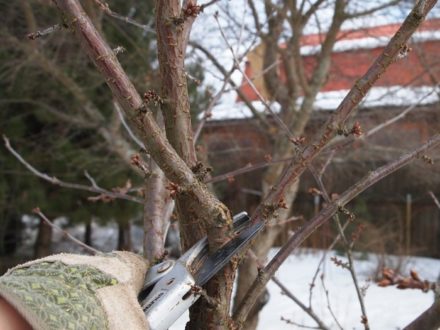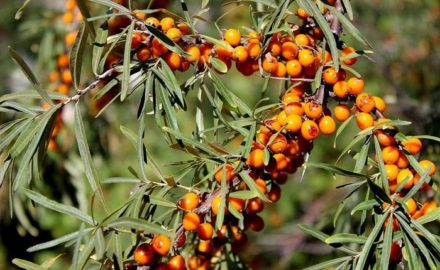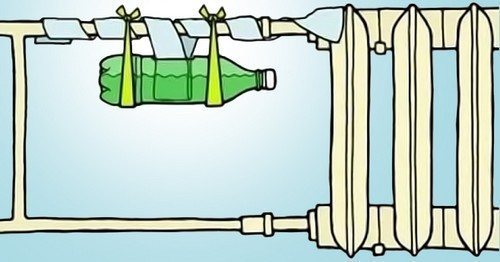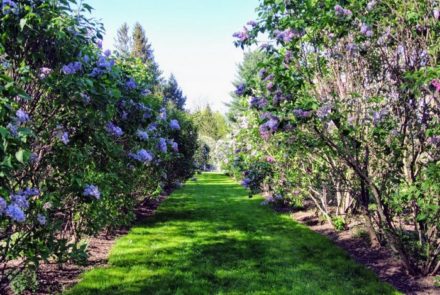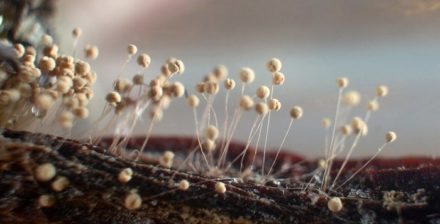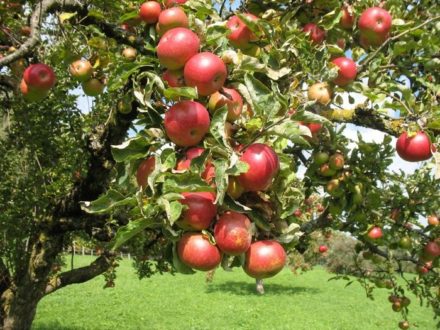Among gardeners, cherry is famous for its relative unpretentiousness and fairly high productivity. But even with this crop, it sometimes happens that the tree does not bear fruit or produces little. Knowing the causes of the problem, you can eliminate them in time and bring the cherry back to life.
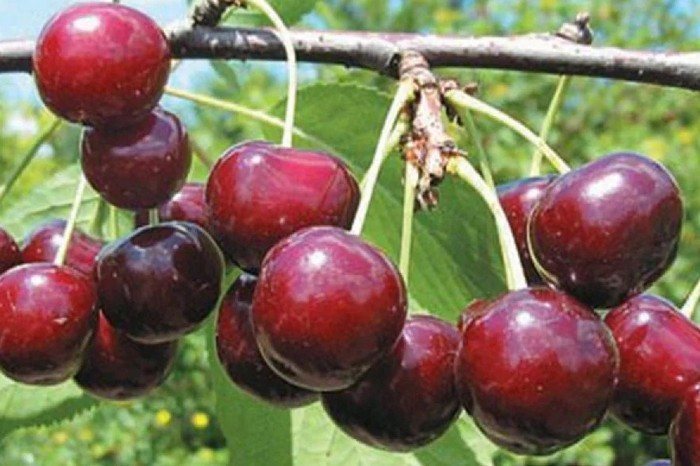
Lack of pollinator
Most often, cherry varieties offered for sale in stores are self-sterile. That is, if there is no pollinator tree nearby (up to ten meters), then the crop will set about 5% of berries. There are also varieties (partially self-fertile) that can set about 10% without a pollinator. And it is extremely rare to find self-fertile trees with a setting rate of 50%.
To solve the problem, it is necessary not only to plant several more trees nearby, but also to have their flowering times coincide. You can also alternate cherries with cherries.
Freezing
When caring for cherries, you should remember that this crop does not tolerate low temperatures well. The greatest danger to fruiting can be frosts in the spring with temperatures below -10 degrees. To protect the tree, it is necessary to keep the snow around it as long as possible.
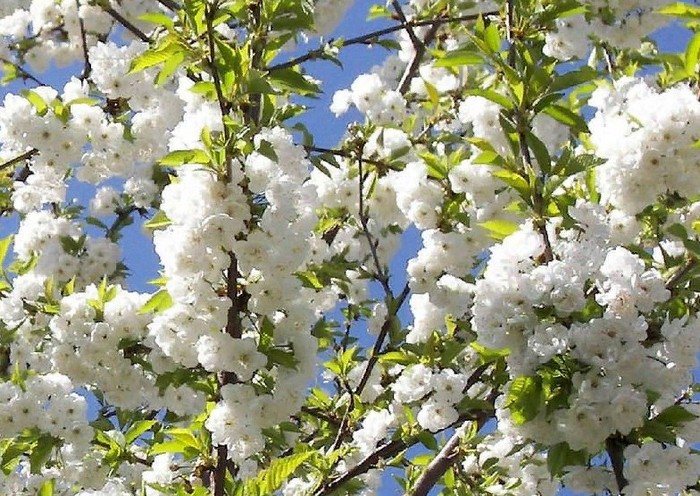
Acidic soil
Alkaline and neutral soils are preferable for cherries. On acidic soils, the tree grows more slowly and does not bear fruit. There are a number of signs that indicate that the soil is not suitable for the tree:
- The growth of the trunk and branches per year is less than 20 cm.
- Most of the flowers fall off without an ovary.
- The branches of the crown have no branches.
- A large number of microcracks on the trunk with oozing gum.
The appearance of these signs is a signal that it is necessary to change the acidity of the soil. To do this, deoxidizing materials should be used: dolomite flour, lime, etc.
Excess moisture
Preheating of the root collar is the most common problem in cherries (especially in the middle zone). This can lead not only to a decrease in fruiting, but also to the death of the tree. Therefore, you should choose a place for planting on a small hill or on light slopes. In such places, the accumulation of moisture near the root system of the crop will be the least.
Lack of moisture
This problem is common in the southern regions, when, under drought conditions, trees experience massive loss of ovaries. In such cases, abundant periodic watering of the crop is required. But it should be remembered that at the stage of filling the berries, irrigation must be stopped so that the taste of the fruit does not deteriorate. A properly organized water supply system guarantees a stable harvest.
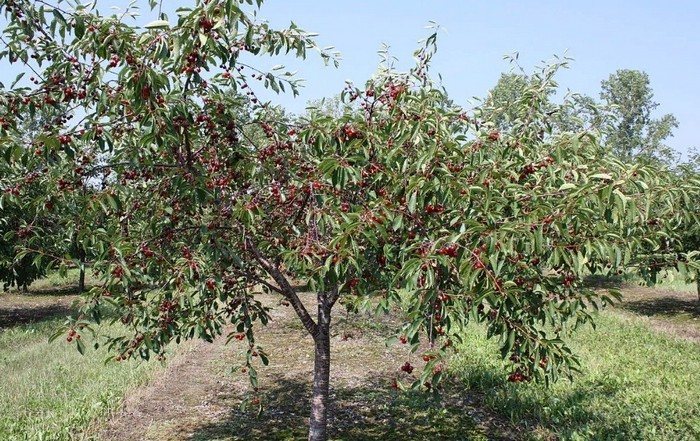
Fungal diseases
Although the arsenal of such diseases in cherries is not very large (moniliosis, clasterosporiosis, spotting, coccomycosis), one is enough to deprive the owners of the tree of their harvest. But if you periodically carry out preventive maintenance on the plant and immediately remove and burn diseased areas, this will protect the cherry from the harmful consequences.
The absence of berries is not always a reason to condemn a tree.Most often, it is enough just to change the care, and cherries will again delight gardeners with juicy fruits.



